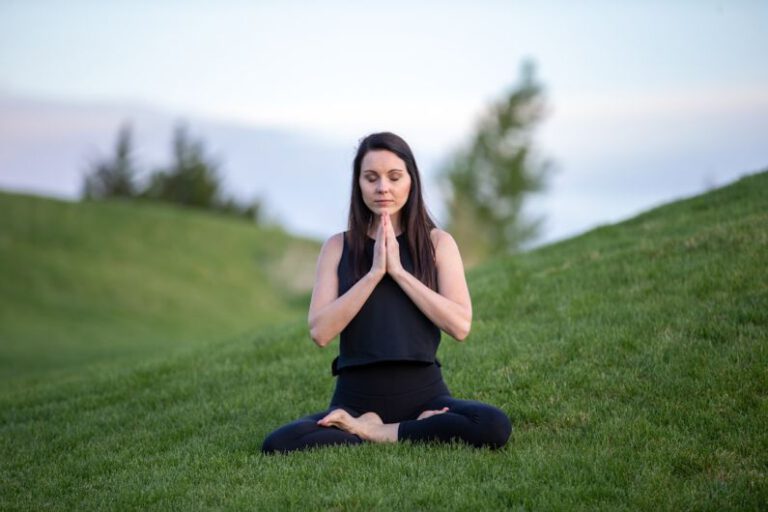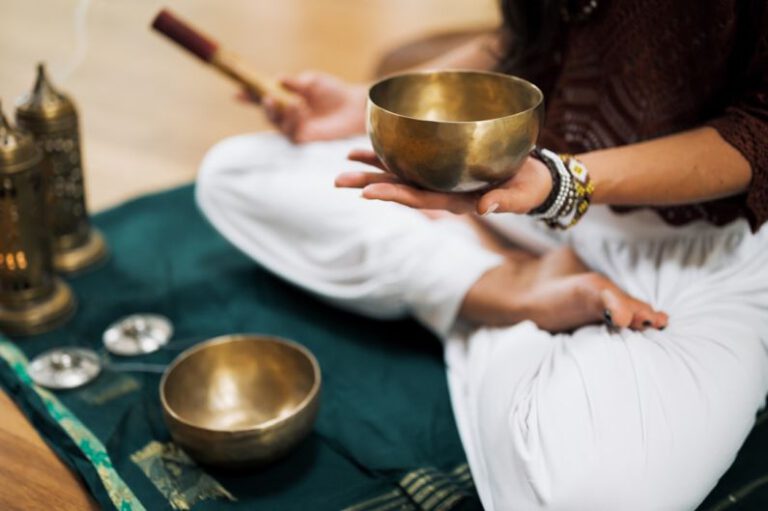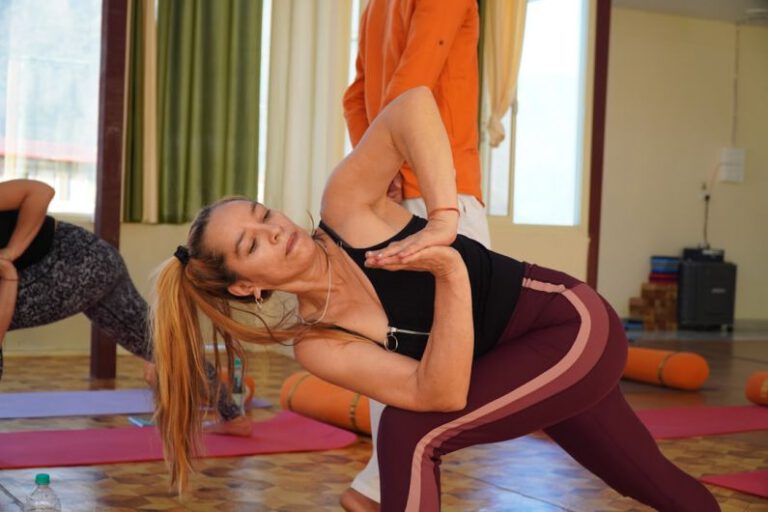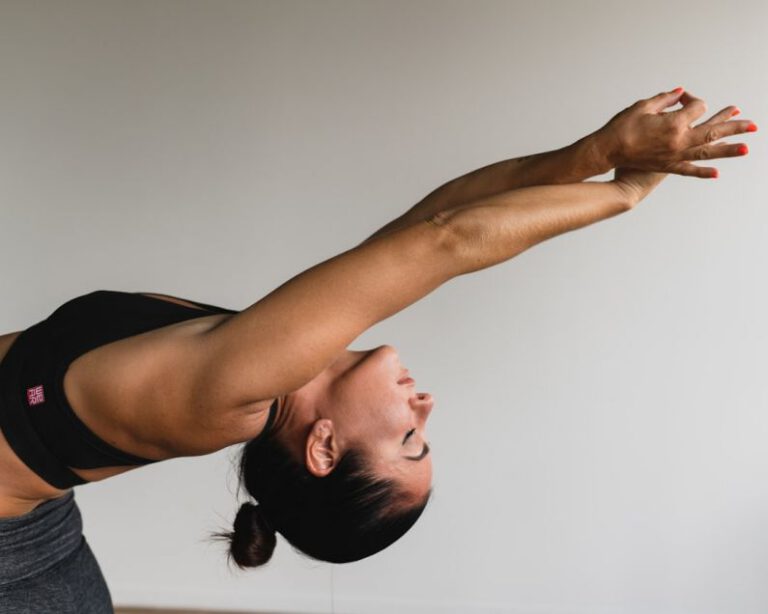Restorative Yoga: the Key to Relaxation and Rejuvenation
In today’s fast-paced world, where stress and anxiety seem to be constant companions, finding moments of peace and relaxation is essential for our overall well-being. Restorative yoga, a gentle and soothing practice that focuses on relaxation and rejuvenation, offers a sanctuary for those seeking to unwind and recharge. This article explores the benefits of restorative yoga and how it can be the key to finding inner calm and balance in our hectic lives.
The Essence of Restorative Yoga
Restorative yoga is a passive form of yoga that involves holding gentle poses for an extended period of time, typically five to twenty minutes. The emphasis is on relaxation and releasing tension in the body rather than on physical exertion or strength-building. Props such as bolsters, blankets, and blocks are often used to support the body in the poses, allowing for a deep sense of comfort and ease.
By slowing down and surrendering to the support of the props, restorative yoga helps activate the parasympathetic nervous system, also known as the “rest and digest” response. This counteracts the effects of the sympathetic nervous system, which is responsible for the body’s stress response. As a result, the practice of restorative yoga can help lower cortisol levels, reduce heart rate, and promote a sense of calm and relaxation.
Benefits of Restorative Yoga
1. Stress Reduction: Restorative yoga provides a space for practitioners to let go of tension and stress held in the body. By focusing on deep breathing and gentle stretching, restorative poses help quiet the mind and promote a sense of inner peace.
2. Improved Sleep: The relaxation and grounding effects of restorative yoga can help improve the quality of sleep. By releasing physical and mental tension, practitioners often find it easier to fall asleep and experience more restful nights.
3. Enhanced Flexibility: While restorative yoga may not involve intense stretching like other forms of yoga, holding gentle poses for an extended period can help increase flexibility and mobility in the body. This can be especially beneficial for those with tight muscles or joint stiffness.
4. Emotional Healing: Restorative yoga provides a nurturing environment for emotional processing and healing. By allowing practitioners to connect with their breath and body sensations, the practice can help release stored emotions and promote a sense of acceptance and self-compassion.
Incorporating Restorative Yoga into Your Routine
Adding restorative yoga to your wellness routine can be a simple yet powerful way to prioritize self-care and relaxation. Whether you are a seasoned yogi or new to the practice, here are some tips for incorporating restorative yoga into your daily life:
– Create a cozy space: Set up a dedicated area in your home where you can practice restorative yoga without distractions. Use soft lighting, comfortable props, and calming music to enhance the relaxation experience.
– Practice mindfulness: As you move through restorative poses, focus on your breath and body sensations. Notice any areas of tension or resistance and allow yourself to release and let go.
– Set aside time: Carve out time in your schedule for a restorative yoga practice, even if it’s just a few minutes each day. Consistency is key to experiencing the full benefits of the practice.
Embracing the Stillness Within
In a world that often glorifies busyness and productivity, restorative yoga offers a gentle reminder to slow down and prioritize self-care. By embracing the stillness within and allowing ourselves the gift of relaxation, we can cultivate a sense of balance and rejuvenation that nourishes our mind, body, and soul. Whether you’re looking to reduce stress, improve sleep, or simply find moments of peace in your day, restorative yoga can be the key to unlocking a deeper sense of relaxation and well-being.






